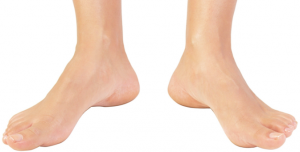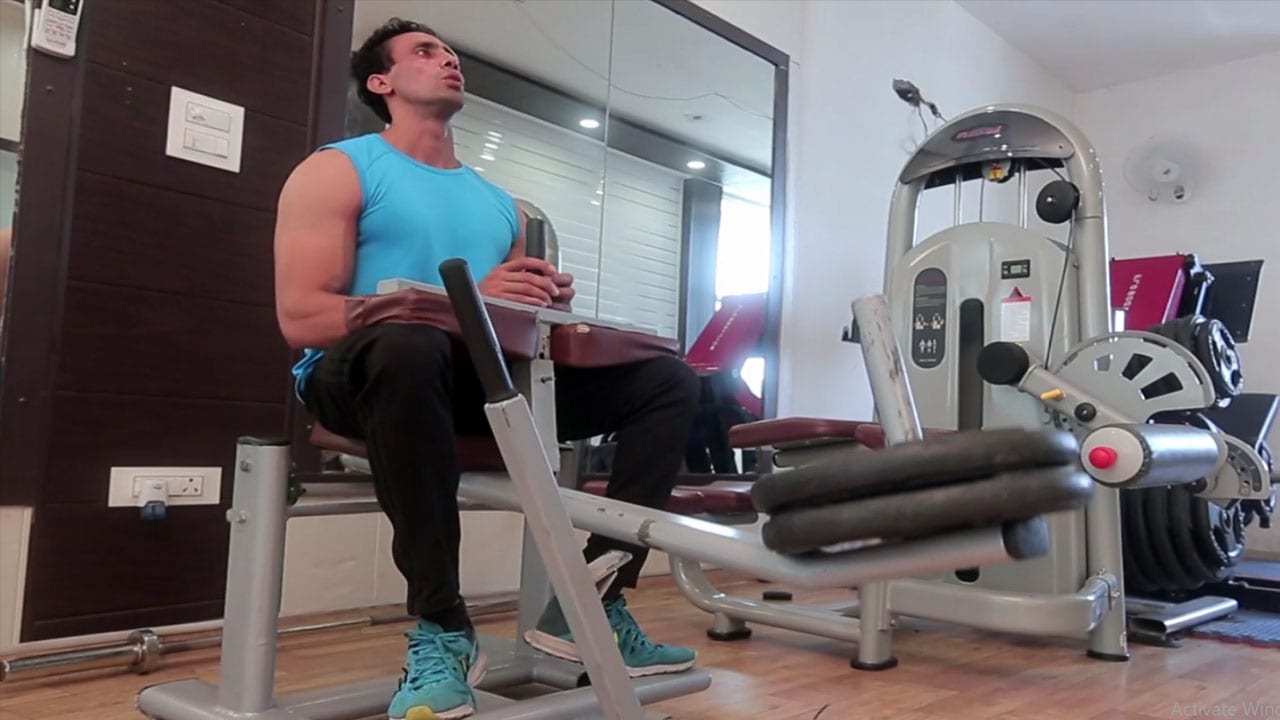

When you look up, your palm or forearm is supinated. The up or down orientation of your hand, arm, or foot can be described with the termspronation and supination. In some cases, symptoms can be so severe that they interfere with daily activities. Some people have no symptoms at all, while others may have mild symptoms, such as pain or stiffness in the legs, feet or arms. At any time of the day or night, dystonia can occur. What is dystonia of the foot?Ĭurled, clenched toes or a painful cramped foot are telltale signs of Dystonia. If left untreated, these conditions can cause chronic pain in the knee, hip, and lower back. Duck feet can be caused by a number of different conditions, including arthritis, degenerative joint disease (such as rheumatoid arthritis) and osteoporosis. An out-toed gait can lead to chronic knee and back pain, as well as osteoarthritis in your knees and hips, and can increase your risk of injury.ĭuck feet are a common cause of knee pain and tendinitis, which is the inflammation of the tendons that connect your knee joint to your pelvis. Leaving a duck walk untreated can cause serious consequences due to the additional stress it puts on the surrounding joints. This will help you to develop the correct muscles for walking. You can do this by using a foam roller to strengthen your hamstrings, glutes, and lower back.

If you have this problem, you’ll need to work on strengthening the muscles of your lower legs. It could be due to a number of factors, but usually it’s caused by a lack of flexibility in the lower leg muscles. People who develop this issue struggle to push the right muscles in their feet as they walk. What causes foot to turn in?įoot supination can happen if you don’t use the proper muscles.

It is also possible that the child is born with a foot deformity that is not apparent until he or she is old enough to walk on his or her own. In some cases, it may be caused by a congenital abnormality, such as a cleft lip or palate, or by an injury to the foot or ankle. In the first few years of a child’s life, out-toeing is most common. Out-toeing is the appearance of a child’s feet when he walks, possibly due to a persistent fetal position, but may also be due to abnormal growth or an underlying neurologic problem.
Toes point outward how to#
You can do a few things to help your toddler learn how to toe- walk. If you notice that he or she is walking with his or her toes pointed outward, it’s a sign that you need to do something about it. Most toddlers learn to run, jump, and play as well. As kids grow older, it usually gets better. It happens to a lot of children when they are learning to walk. Out-toeing is when feet point in a different direction.


 0 kommentar(er)
0 kommentar(er)
